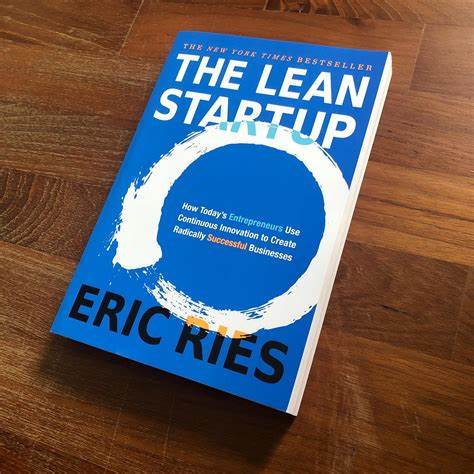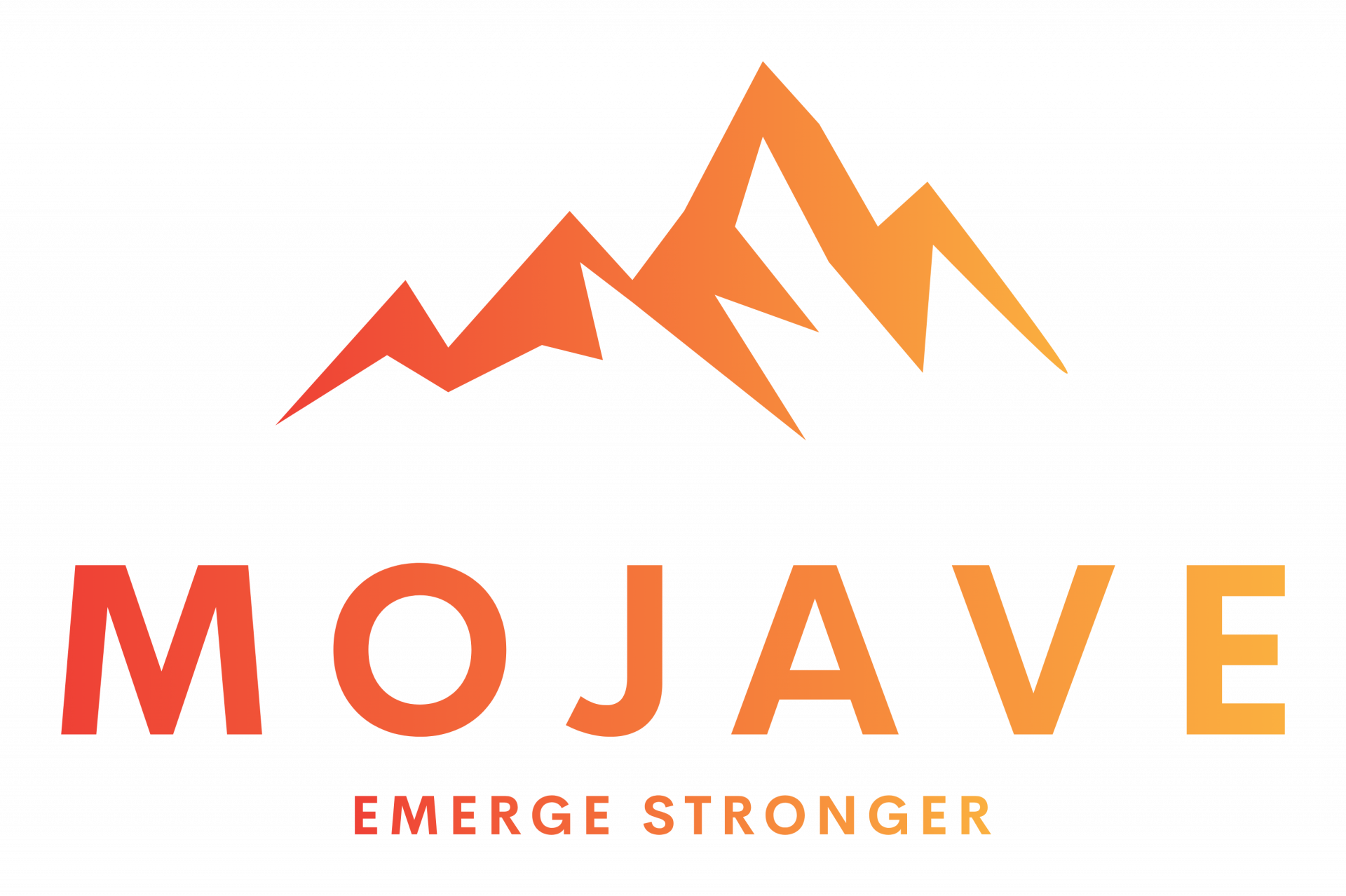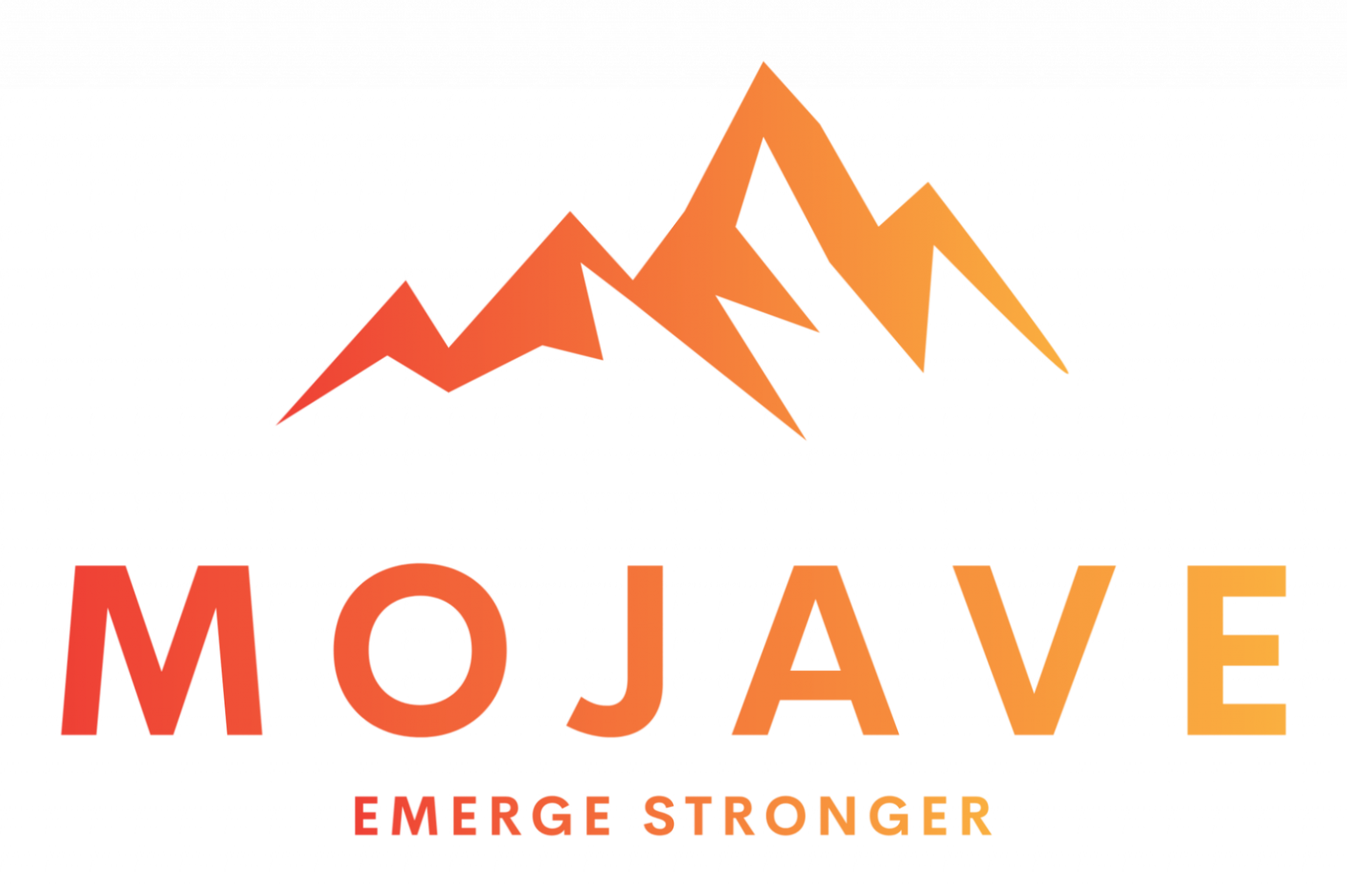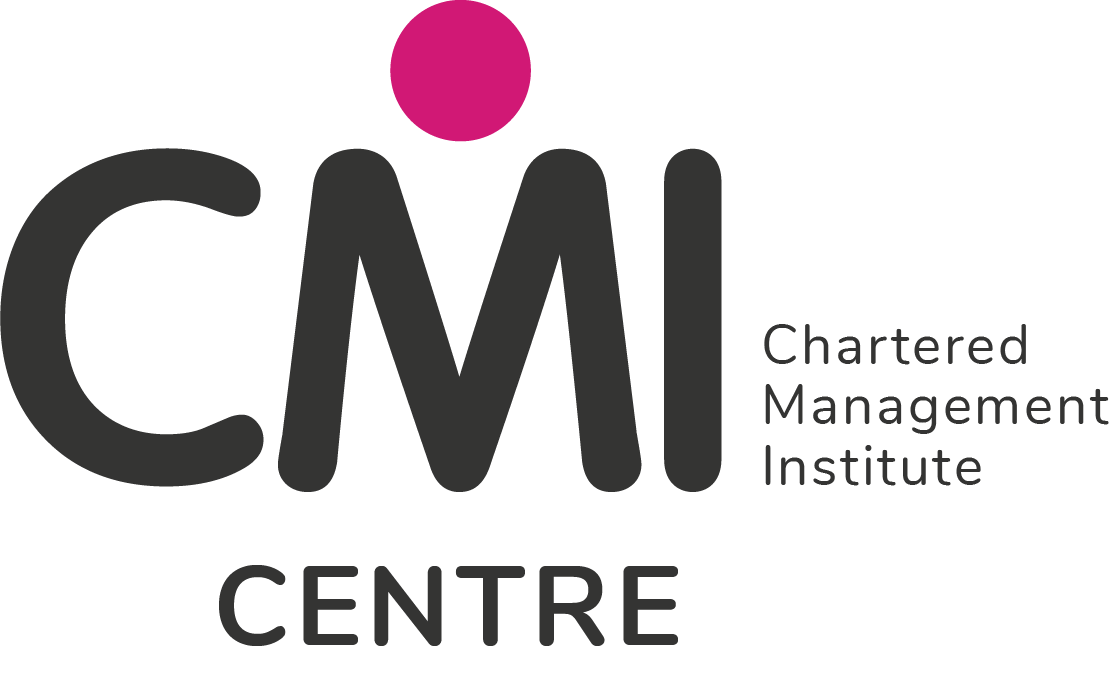The increasing need for organisational agility

It's not just in response to external events that the pace of change is critical. Increasingly, in order to find a competitive edge that will enable business success, businesses are turning to new ways of working. Perhaps the starkest example of this is in product development. In decades gone by, a new product would have been intensively researched and considered, with months or even years being spent in design before launch to ensure it had the best chance of success. The issue here, was that there was no guarantee that the product development team would have been working under a full understanding of the complex market into which the product would be released. The modern world, being so interconnected, is just too complex. Over the last few decades, the approach to product development that is now increasingly popular and mainstream is the school of thought around ‘fail fast’ and ‘minimum viable product’ (MVP). Books have been written around the subject, such as Black Box Thinking by Matthew Syed, or The Lean Startup by Eric Reis. Such approaches are based on the premise that we’ll learn far faster from failure and confirming what doesn’t work by exposing the product to the market and testing than we will trying to identify what will work within the safe isolation of our own product development teams. Such approaches are now standard fare for some of the world's largest organisations and sporting teams.
The modern pace of change, and the business communities ever growing awareness of the need to keep pace with it – if not beat it, means that agility is an increasingly valued characteristic to have in an organisation. If you have it, when something occurs which either opens new opportunities or threatens current lines of business, then an organisation can quickly adapt to maximise the opportunity and gain a market edge, or to limit the damage of the threat. Agility, essentially, can be a weapon in the armoury of risk management. So how can we achieve it?
The modern pace of change, and the business communities ever growing awareness of the need to keep pace with it – if not beat it, means that agility is an increasingly valued characteristic to have in an organisation. If you have it, when something occurs which either opens new opportunities or threatens current lines of business, then an organisation can quickly adapt to maximise the opportunity and gain a market edge, or to limit the damage of the threat. Agility, essentially, can be a weapon in the armoury of risk management. So how can we achieve it?
Enabling agility

Now, there will be some out there who say that structure and defined roles and responsibilities constrain agility. I would counter that by saying that they don’t - or at least, they shouldn’t. What causes structure and defined roles to constrain agility is poor leadership and management. Where structure and defined roles are treated as dogma and not a guiding doctrine, that’s when they stifle agility. One of my favourite lines in a film is from Apollo 13, where the Mission Controller, Gene Kranz (played by Ed Harris) is seeking solutions rapidly to inform how best to respond to the unfolding emergency. He asks the lead designer of the Lunar Landing Module (LLM) about its capability. Being defensive the lead designer simply states that the LLM, “was designed to land on the moon.” Slightly peeved at the defensive and unhelpful answer, the Mission Controller screams back, “I don’t care about what it was designed to do, I care about what it can do!” This sums up the approach that I have seen used, and used myself, so successfully throughout my career. Yes, the current approach was designed to be used a certain way, but that shouldn’t preclude us understanding how we might quickly adapt it when requirements change. Having a clear understanding of the current system enables, rather than hinders, rapid adaptation. It enables agility. Though to do so, it requires strong and confident leadership across the organisation.
So, want to be agile? Then have the structure and clear understanding of how your orgnaisation works and couple it with the leadership and management ability (not just of you but of your entire team) to be able to adapt it rapidly. That’s how you get agile!





